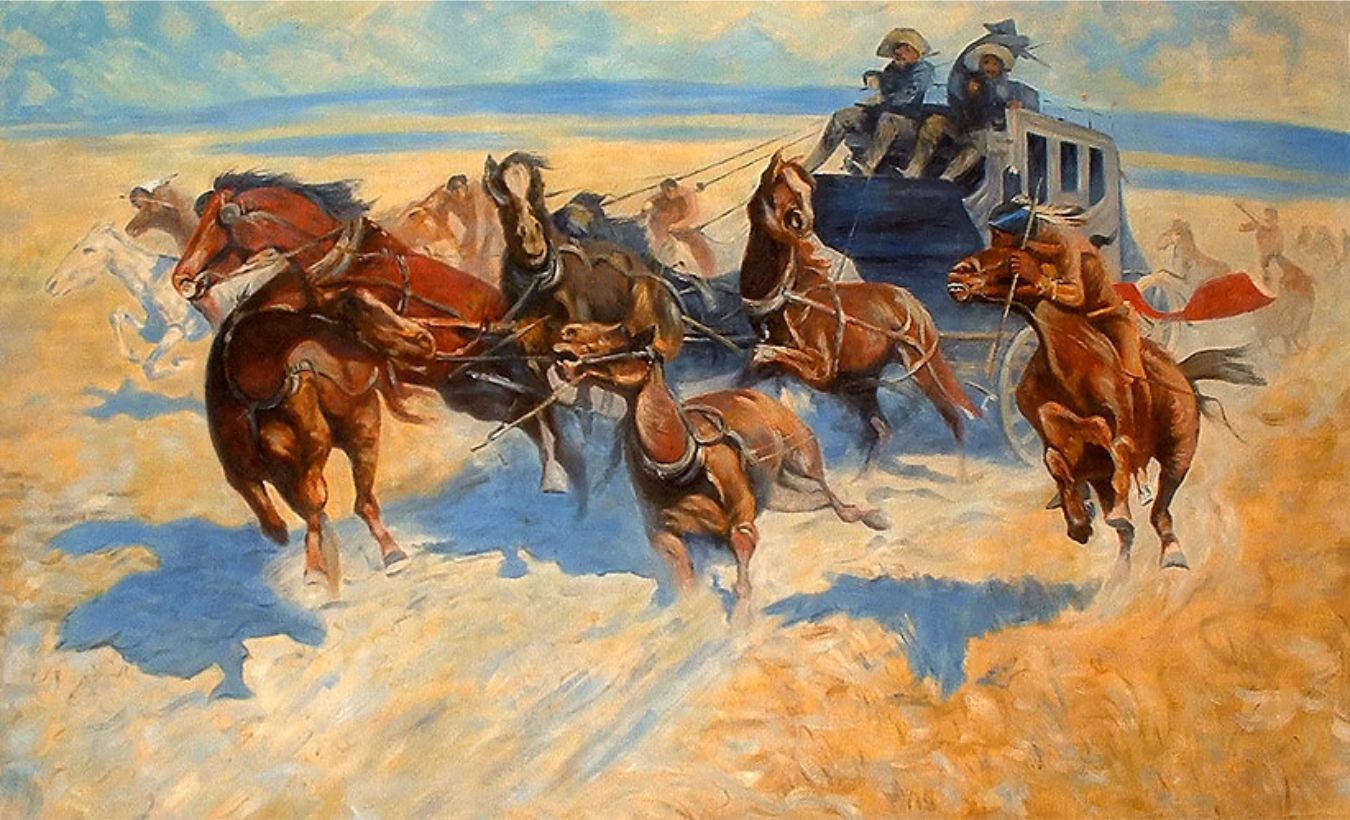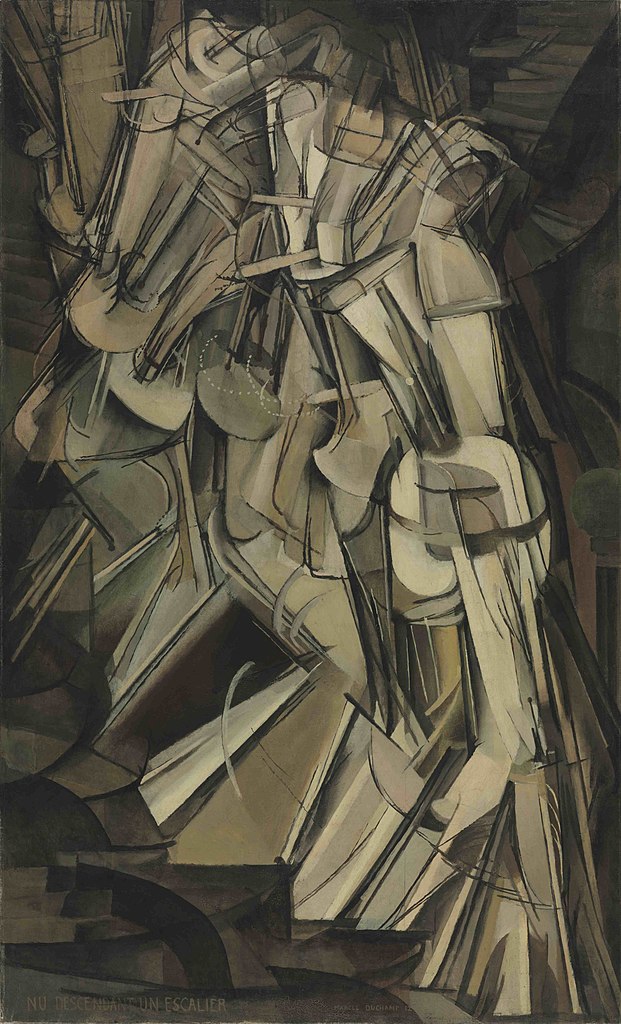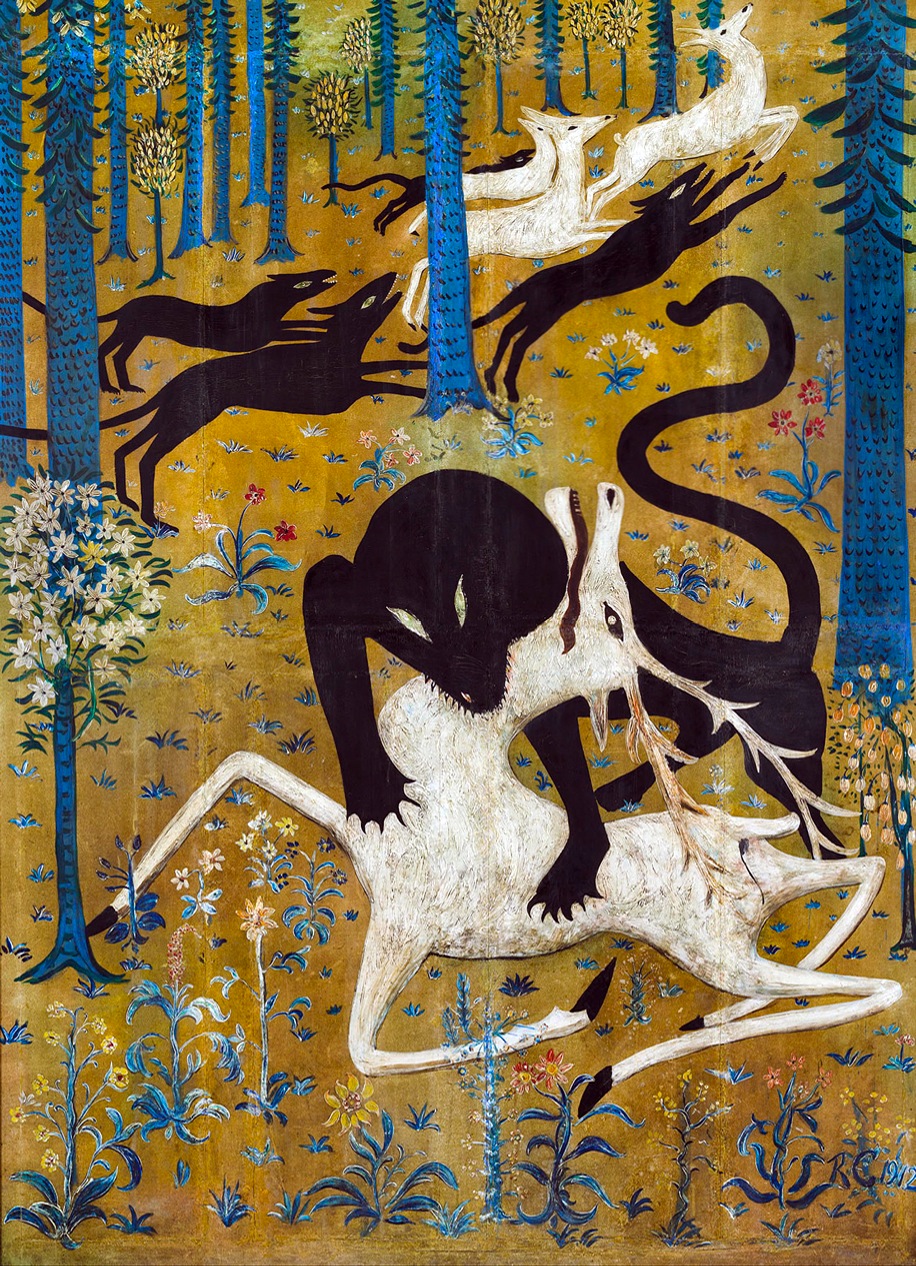By Dr. Bruce W. Dearstyne
February 18, 2025
The Progressive Era (ca. 1900-1920) was a time of great change in American life. Urbanization and industrialization increased, immigration grew, progressive reformers introduced new forms of government regulation, and new types of literature and art entered the scene. The changes delighted some Americans but confounded and upset others. Theodore Roosevelt (1858-1919) was a change-maker but also someone who struggled to understand and accept some of the changes of the era.
Modern art, which debuted in the new century, was one of those changes.
The Progressive Statesman
Roosevelt was New York governor 1899-1901, vice president in 1901, and then president (1901-1909). Roosevelt, a Republican, had enacted reforms such as laws to regulate railroads an protect the nation’s food supply when he had been president. He sought to wrest the Republican nomination from his successor, William H. Taft, in 1912. When that failed, he led formation of a new party, called the Progressive Party which called for women’s suffrage, an eight-hour workday, direct primaries, and national health insurance, all leading-edge notions. He and Taft were both defeated in 1912 by Democrat Woodrow Wilson but Roosevelt had established himself as the nation’s most prominent progressive.
After he left the presidency, Roosevelt became an editor and writer for the Outlook, one of the nation’s leading periodicals. He was a historian of some note and was interested in literature, but not particularly interested in art.
But he felt that writers and artists should be cultural leaders. They could be “progressive”—like he was in the political sphere—as long as they did not go too far and become iconoclasts. In a 1916 speech on “Nationalism in Literature and Art,” he insisted that great literature and great art “must express the soul of the nation” and that “the greatest work must bear the stamp of nationalism. American work must smack of our own soil, moral and mental or it will have little of permanent value.” He often commended the work of American painter and sculptor Frederic Remington whose work depicted outdoor scenes from the American West. That had a natural appeal—TR had lived in the West and depicted it as a heroic American place in his multi-volume Winning of the West.
He liked art that was easy to understand, that depicted something the viewer could identify, and that was straightforward rather than abstract.

The “Armory Show,” 1913
In 1913, the Association of American Painters and Sculptors organized an art show to introduce modern art to the U.S. The show it assembled, the International Exhibition of Modern Art opened in February 1913 in New York City at the 69th Regiment Armory (it would be informally called the Armory Show). It featured over a thousand American and European paintings and sculptures.
Some of the art was conventional but some was considered leading-edge and risqué at the time, particularly Marcel Duchamp’s “Nude Descending a Staircase.” Critics’ reactions varied, some praising the leading-edge, daring art, others panning it as too abstract or offensive.

The show’s official catalog declared that the Association believed “that the time has arrived for giving the public an opportunity to see for themselves the results of new influences at work” in the art world. The art items would be “on exhibition so that the intelligent may judge for themselves by themselves.” But it also asserted that “art is a sign of life. There can be no life without change. To be afraid of what is different is to be afraid of life.”
Roosevelt’s Review of the Armory Show
Roosevelt decided to visit the exhibition to see for himself. He picked March 4—not a happy day for him, because it was the date of Woodrow Wilson’s inauguration as President. TR spent a long time at the armory and wrote his review, which he titled “Layman’s View of an Art Exhibition,” for the March 1913 Outlook.
It was TR’s first time writing art criticism, but he was never shy about offering his opinions on matters of public interest even where he had limited expertise. The essay reflects his uncertainty about how to react and what to say. Some of what he saw in the show pleased him; other works he found distasteful; some he just did not understand.
“There was one note entirely absent from the exhibition, and that was the note of the commonplace,” he noted with satisfaction at the beginning. “There was not a touch of simpering, self-satisfied conventionality anywhere in the exhibition.”
But a note of caution was in order. “Probably in any reform movement, any progressive movement, in any field of life, the penalty for avoiding the commonplace is a liability to extravagance,” he noted. “It is vitally necessary to move forward and to shake off the dead hand, often the fossilized dead hand, of the reactionaries. And yet we have to face the fact that there is apt to be a lunatic fringe among the votaries of any forward movement.”
“Lunatic fringe” was an accusatory phrase Roosevelt had recently taken to using when referring to political extremists, people who (in his view) wanted to tear down representative government and capitalism.
In the exhibition, “the lunatic fringe was fully in evidence, especially in the rooms devoted to the Cubists [a group of leading-edge artists] and the Futurists, or Near-Impressionists,” he continued. “I am not entirely certain which of the two latter terms should be used in connection with some of the various pictures and representations of plastic art – and, frankly, it is not of the least consequence.”
“The Cubists are entitled to the serious attention of all who find enjoyment in the colored puzzle pictures of the Sunday newspapers. Of course there is no reason for choosing the cube as a symbol, except that it is probably less fitted than any other mathematical expression for any but the most formal decorative art.”
In fact, “… probably we err in treating most of these pictures seriously. It is likely that many of them represent in the painters the astute appreciation of the powers to make folly lucrative which the late P.T. Barnum showed with his faked mermaid.”
Roosevelt liked a few items. He cited Robert Chanler’s ten paintings, all imaginative arrangements of brilliant colors, which he called “first class decorative art.” Many of Chanler’s paintings were set in the United States and featured animals indigenous to this country and outdoor scenes, which made them particularly attractive to Roosevelt.
Roosevelt ended the essay on a listless note: “ All I am trying to do is to point out why a layman is grateful to those who arranged this exhibition.”

Public Reactions Similar to Roosevelt’s
TR was not alone his less-than-enthusiastic reaction. “A good part of New York grinned as it passed along from one painting to another,” said the New York Times on March 16. Conversations later usually went something like this, the article continued: “Have you been to see the Cubists and the Futurists? Yes? Well, could you make anything out of it?’ The answer usually was ‘I don’t know much about art but it looked to me like a mess of nonsense.’” The same article featured an interview with art expert Kenyon Cox, whose assessment of the show was “cubists and futurists are making insanity pay.”
“Only the blind benefit, for they alone are spared the agony of highest ‘art’” on exhibit at the show, said the New York Tribune on March 23.
A few newspapers just reported on the show or liked it, but most did not.
The show closed in New York on March 16 and then went on to Chicago and Boston. We can look back on it today as the beginning of the contest between traditional art and modern art, which continues today. Should art be a more or less accurate portrayal of the physical world? Or should it sometimes be abstract, evocative, occasionally provocative, and even shocking?
Insight into Tensions in Progressivism
Roosevelt’s essay represented a tension in progressivism, and in TR himself as a leading progressive.
On the one hand, they welcomed the 20th century and determined to shape it to meet their social and economic goals. But they anchored their appeal in continuity with, rather than a break from, America’s history.
On the other, they feared that Americans would be taken in by political huskers, anarchists and iconoclasts who wanted to break with the past and destroy the existing order without offering a vision of a better future.
This meant that progressives advocated responsible change as they defined it but feared what they regarded as destructive change. TR repeated this refrain often in his political speeches but the tension was often apparent.
In his critique of the art show, TR applied a customized version of the change is good/but not too much theme to that unfamiliar venue. In assessing his art show article, his biographer Edmund Morris in Colonel Roosevelt (2010) notes that “his tone in confessing his inability to appreciate much of what he had seen was at first almost wistful, as if to acknowledge that the new century had begun to bewilder him.”
We don’t often think of Theodore Roosevelt as bewildered. But, confronted with seemingly radical approaches to art, a field he did not fully understand or appreciate anyway, he came across as accepting some change but ridiculing and denouncing other change.
Dr. Bruce W. Dearstyne
Bruce W. Dearstyne is a historian in Albany, New York. His most recent books are The Spirit of New York: Defining Events in the Empire State's History (2nd ed., 2022); The Crucible of Public Policy: New York Courts in the Progressive Era (2022); and Progressive New York: Change and Reform in the Empire State, 1900-1920 – A Reader(2024), all published by SUNY Press.